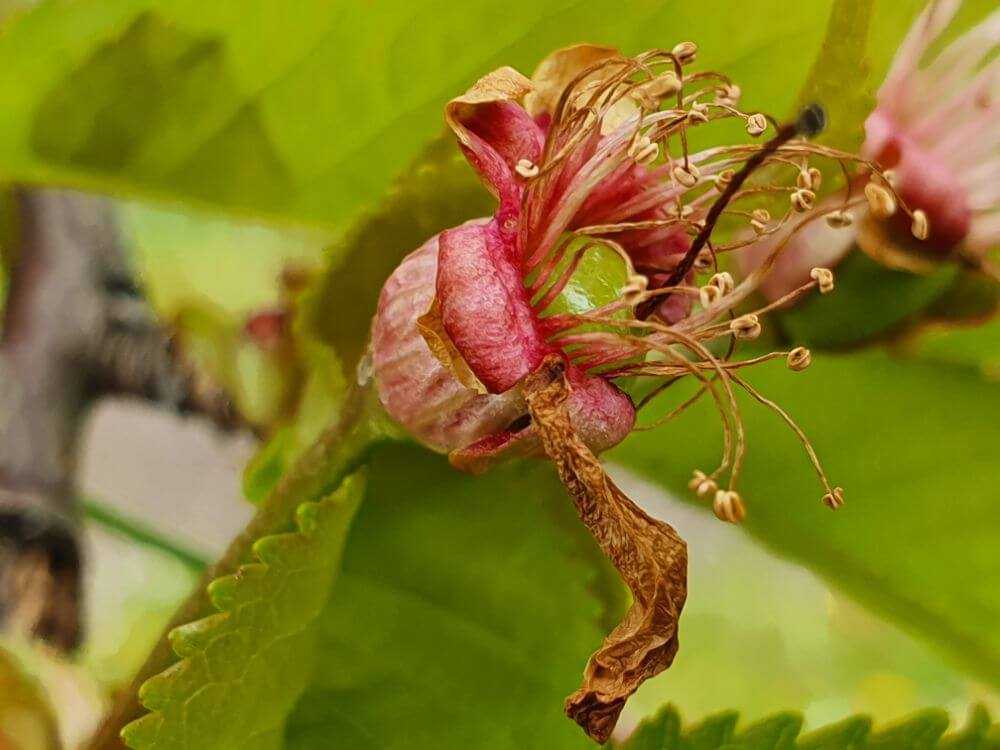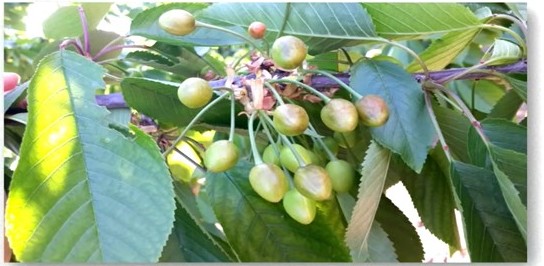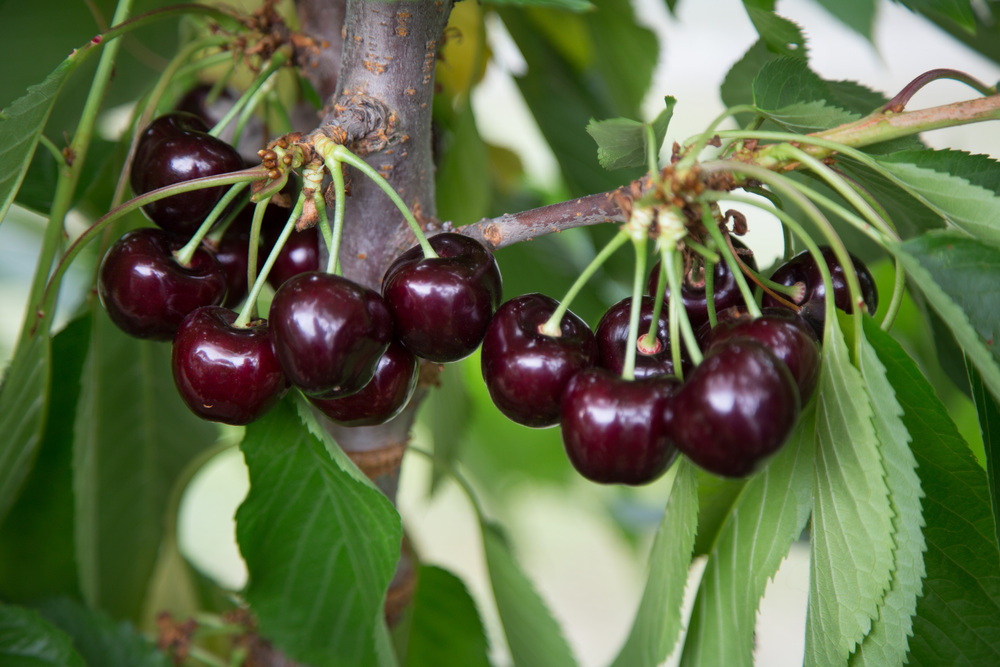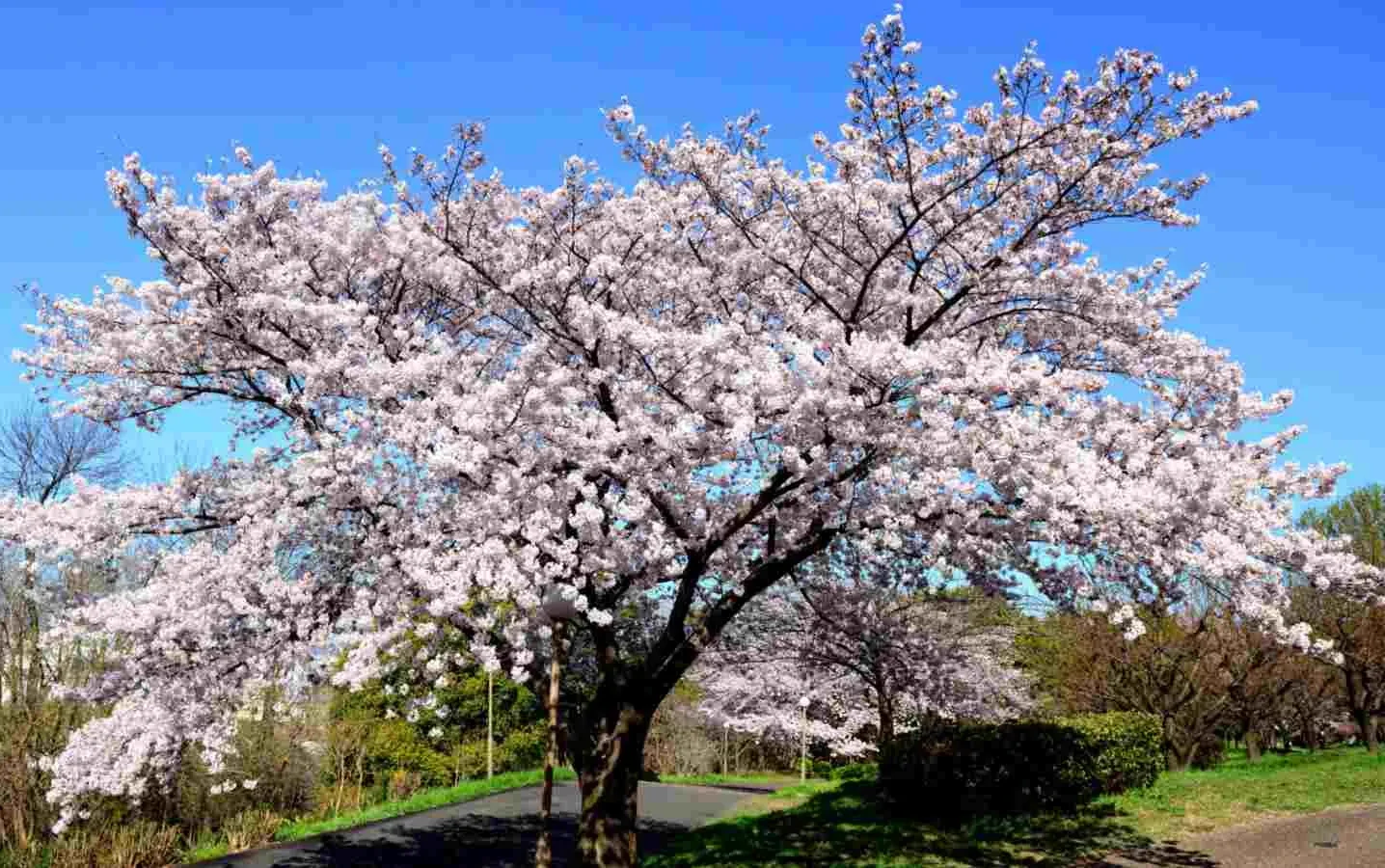Among all the interesting topics that were addressed at the 9th International Cherry Symposium (Beijing, May 22-25, 2023), researchers discussed also about the freezing injury to flower buds and young fruits of sweet cherry.
In this article, we will report the work that Dr. Guowei Nie and his team did over the last decades about this emerging problem. In fact, due to the current climate changes an increase in the average winter temperatures is leading to an advancement in the bud break and flowering of fruit crops and this means a higher susceptibility to late spring frosts.

Depending on the severity of the frost, freezing injuries can lead to a reduction in fruit production or even, in the worst cases, to the complete loss of yield. For this reason, freezing injury to flowers and young fruit is becoming an important factor restricting sweet cherry cultivation.
At the Pomology Institute of Shanxi Agricultural University (China), freezing injury in sweet cherry were monitored over a period of 24 years to find out how often it happened and what factors affected it.
The data were then combined with pertinent meteorological data, which is extremely important for the cultural regionalization of sweet cherry and the prevention of freezing injury.

"Hongmanao", "Hongdeng", "Hongyan", "Longguan", "Youyi", and "Tieton" were the varieties examined.
The freezing injury rate is calculated as the ratio between the number of damaged flowers or fruits and the total number of flowers or fruits that were surveyed.

Then, freezing damage can be categorized in one of the following 5 levels:
- Level 0 : no freezing injury
- Level 1 : slight freezing injury <20%, with no impact on final yield
- Level 2 : severe freezing injury, with a range of damages between 20 and 50%
- Level 3 : extreme freezing injury, with a range of damages between 50 and 90%
- Level 4 : freezing rate > 90%, with no harvest.
Common cherry literature suggests that the critical temperature for freezing injury of sweet cherry in the winter is -20°C, below which large branches will suffer severe freezing damage. However, it is unclear whether flower buds at this temperature are susceptible to frost damage. The results of the surveys can be summarized according to the time of the year (remembering that on the varieties considered in this study blossom in April):
- Early March. Three of the twenty-four years monitored in this study (2004, 2005, and 2010) had temperatures below -10°C in early March. Only in 2010 freezing temperatures resulted in the complete loss of production. However, anatomical records revealed that only 11.6% of flower buds were frozen, suggesting that low temperatures in early March have no effect on yield.
- Middle March. Temperature dropped below -10 °C in 2007 and 2016. There was no severe frost damage over the course of the two years, and the yield was not significantly diminished.
- Late March. In 1998, 1999, 2001, and 2002, the late-march temperature dropped below -5°C. The investigation revealed that all flower buds suffered some degree of frost damage, but this did not result in a significant decrease in yield.
- Early April. Low temperatures at the beginning of April were recorded in 1998, 1999, 2000, 2002, and 2015. They all resulted in varying degrees of frost damage, but did not cause marked yield reductions.

In conclusion, although freezing injuries are also dependent on the variety and plant hight considered, results showed how low temperatures before bud break rarely influence final crop yield, while when temperatures fall below -4°C in early to middle April, severe frost damage occurs to flowers and young fruit, resulting in no production in the worst cases.
Melissa Venturi
University of Bologna (IT)
Cherry Times - All rights reserved
















